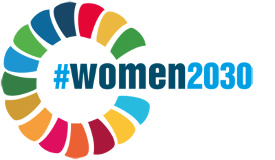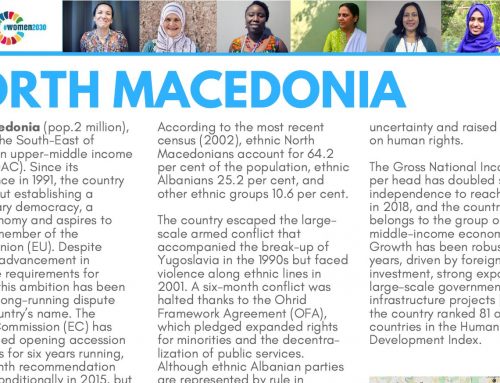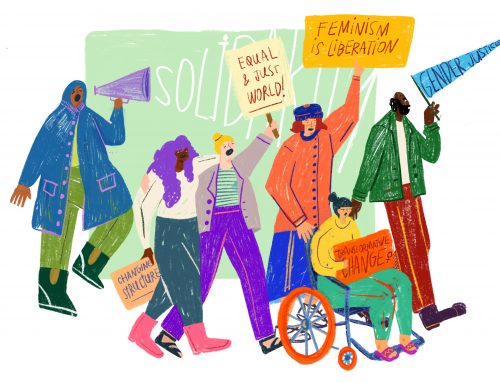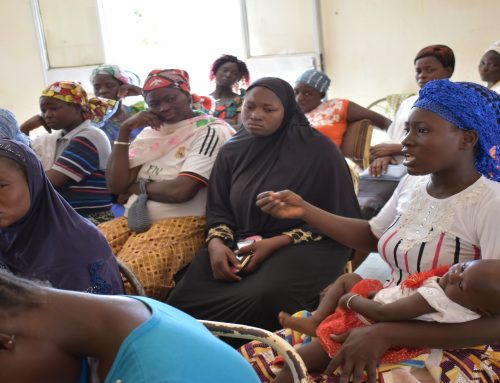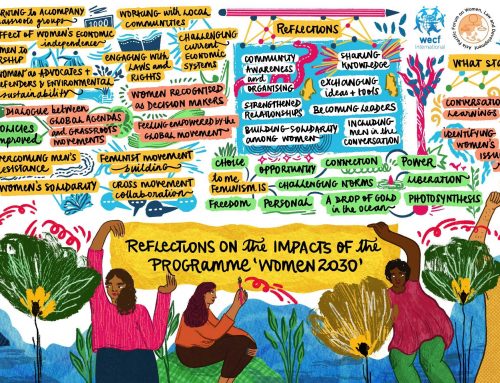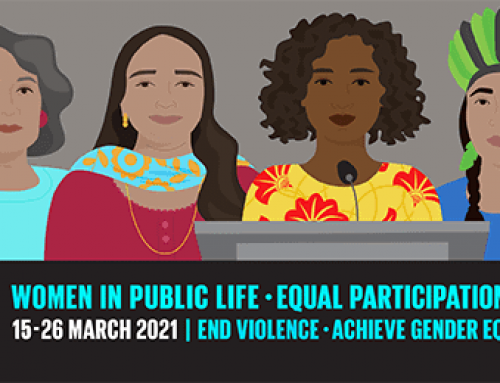What is Menstrual Hygiene Management (MHM)
Menstruation is a key indicator of health and vitality for women and girls. Managing this hygienically and with dignity is an integral part of good sanitation and hygiene. “MHM starts with the articulation, awareness, and information about menstruation and menstrual hygiene practices. Women and girls should be able to manage the period in safety, privacy and dignity by i) having access to and using hygienic materials together with ii) the provision adequate water and soap for washing and bathing and iii) assuring adequate collection and safe disposal of sanitary products – at home, schools/colleges, institutions, workplace and in public places.” (Archana Patkar, WSSCC, https://www.wssinfo.org/fileadmin/user_upload/resources/MENSTRUAL-HYGIENE-MANAGEMENT-Paper-for-END-group-1.pdf)
Intersecting Sustainable Development Goals
At first when you hear the word menstruation (or “menses”, or “period”) you might recognize its connection with Sustainable Development Goal (SDG) 3 on health as it is an important part of women and girls’ reproductive health. The SDGs consists of 17 goals with targets and indicators for achieving sustainable development and equality by 2030. Like in life, many issues (such as menstrual hygiene) intersect with several SDGs simultaneously. Meaning, menstrual health is therefore not only linked to SDG 3, but it is also connected to SDG 6 (clean water & sanitation), SDG 4 (quality of education), SDG 5 (gender equality and participation), SDG 8 (decent work and economic growth), and SDG 12 (responsible consumption and production).
When you think about it, without access to clean water and toilets, menstrual hygiene can be quite difficult to manage for women and girls. In a scope study we did in Macedonia, 50-90% of the girls admitted that they would stay home from school when menstruating due to lack of (clean) toilets. Therefore, schools must provide clean toilets to provide an enabling environment for girl’s participation and access to education. The same goes for employers in the workplace. In many countries menstrual sanitation products are taxed like luxury goods, while organic and no-waste alternatives are usually even more expensive. Regarding responsible consumption, women and girl’s purchasing power as well as their ability to create less waste are directly affected by this way of looking at menstrual sanitation products. Is it really a luxury to bleed? Moreover, responsible consumption interlinks with health, as non-organic sanitary products often contain chemicals that can be harmful, and access to water.

Menstrual Hygiene Management in Schools
In our Water & Safety Sanitation Plan we have included a module on “Personal Hygiene for Young People” and it provides schools with guidance on how to ensure that they are creating an enabling environment for all their students. It includes capacity-building exercises as well as background material for local and national advocacy work that schools and individuals can use. “As children reach puberty, and their bodies change, their cleaning habits need to change with them. More than half of the world’s population will at some point in their life menstruate, yet lack of menstrual hygiene management (MHM) affects women’s and girls’ access to education and public participation. This chapter addresses the negative impacts of stigmatisation and lack of proper MHM. It gives guidance in how to involve all children in normalising menstruation; and sets out best practices for children’s personal hygiene.”
Download the module on MHM here:
http://www.wecf.eu/download/2018/05%20May/WSSPPublicationENPartC-MHMchapter.pdf
Download the full Water & Safety Sanitation Plan (WSSP) compendium here:
http://www.wecf.eu/english/publications/2017/Revised-Compendium.php
Access to no-waste alternatives

No matter who you are, where you are: zero-waste menstrual hygiene products should be available to you! Unfortunately this is not the case. Organic and zero-waste alternatives (tampons, pads menstrual cups) are often very expensive and therefore not accessible to everyone (such as youth). In many countries the consumers pay a “luxury tax” for their sanitary product. Your geopolitical position (where in the world you are) and your access to clean safe water also affect your access to zero waste alternatives. That is why we, at WECF, work holistically to remove barriers to clean sustainable periods. This we do on capacity-building level, by training local communities on their rights to health and on how to build safe and clean toilet facilities, as well as on an advocacy level. We are pushing for decision-makers to: outlaw harmful chemicals in our sanitary products, to ensure everyones access to clean and safe water and sanitation, while decreaseing the access gap between rural and urban communities. Should the environment really have to suffer just because our decision-makers consider it a luxury to bleed? Our youth partner Anna Sophie Kloppe in Macedonia has produced this short film to shine light on this issue.
International menstrual hygiene day
Menstrual Hygiene Day on May 28th is a global annual awareness day for MHM. The day aims at braking taboos and raise awareness about the importance of good MHM for women and adolescent girls worldwide. May 28 was chosen for its symbolism since May is the 5th month of the year (most women menstruate on average 5 days every 28 days).You can read more about the campaign and get ideas for activities from other parts of the world on their website: menstrualhygieneday.org.
Our projects working on MHM
- Water and Sanitation Safety Planning in rural Romania and Macedonia – http://www.wecf.eu/english/about-wecf/issues-projects/projects/watersafetyplan2016-RomaniaMacedonia.php
- Women2030 – http://www.wecf.eu/english/about-wecf/issues-projects/projects/WomenAlliance-2030.php
Links to other articles
- http://www.wecf.eu/english/articles/2015/09/call-wash-indicators.php
- http://www.wecf.eu/english/publications/2017/Revised-Compendium.php
- http://www.wecf.eu/english/campaigns/2012/Sustainable_Sanitation_for_Women.php
- http://www.wecf.eu/english/articles/2014/05/menstruation-day.php
- http://www.wecf.eu/download/2015/September/Outcome_gendersensitiveindicators_final.pdf
- http://www.wecf.eu/english/press/releases/2014/05/menstruation-matters.php
- http://www.wecf.eu/download/2015/September/calltoincludeWASHinSchoolsandMHM_final.pdf
We bleed, but should the environment have to suffer?
We cannot wait around for others to stop wasting our future; we need to take actions ourselves to ensure we are not wasting our future.

